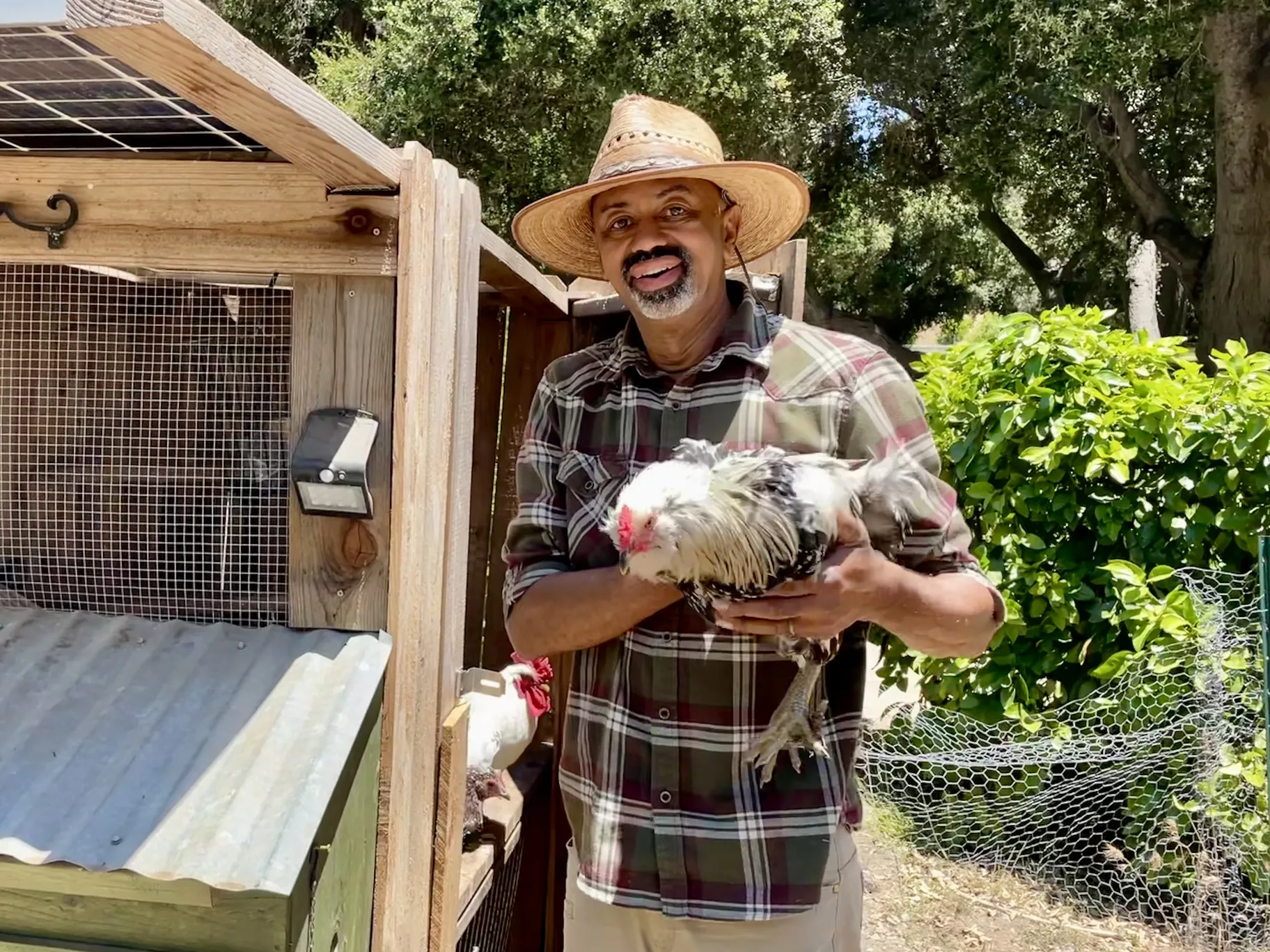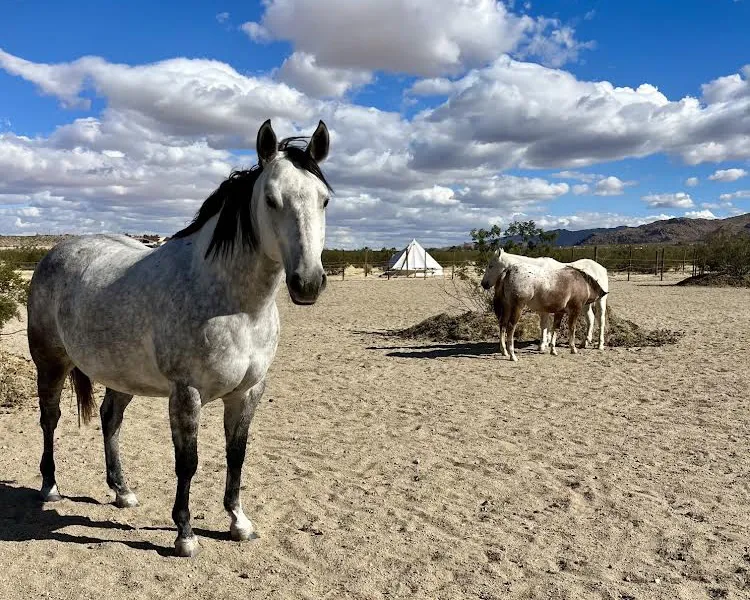Visitors could be forgiven if they forget they are camping in JB Wagoner’s backyard. The 20-acre ranch 30 minutes west of Temecula is loaded with oak trees, a pond, and a quiet breeze. Inside a white bell-shaped canvas tent, you’ll find a queen-sized bed decorated in bohemian burgundy linens. Wagoner points to an outdoor shower on the right and a furnished deck on the left as a bullfrog lets out his call and a pair of ducks swim by.
“You hear what it’s like here? It’s peaceful,” Wagoner says, making a sales pitch for the accommodations he set up two years ago and now offers for $230 a night – which is about the same rate as a four-star hotel room nearby.
“Glamping,” or glamorous camping, is the fastest growing type of camping, according to a 2023 survey by The Dyrt, a campsite booking app. Bookings are up about 10% since 2021. Upscale camping was gaining popularity with travelers before the pandemic and really took off during the COVID shutdowns when people were looking for ways to travel safely.
Across the country, it’s growing on the supply side too. About half of campsite owners told The Dyrt they plan to add glamping sites. Many of them are private property owners with an entrepreneurial spirit, says John Hayden, CEO of The Dyrt. They realize they have a beautiful place to share and they can “make a little money on the side,” he says.
Prices for glamping in California range up to $555 a night in the peak season for a yurt with an ocean view in Big Sur. The most popular sites offer unique experiences, such as farm stays where you can meet the animals and the owner shares their story.
Personalizing the business pays off, Hayden says. “The richer the experience they can provide for their guests, the more of a return rate they'll get.”

JB Wagoner holds one of his chickens on the ranch where he rents out upscale campsites. He’s had visitors from as far away as Korea and Germany book his glamping sites. Photo by Megan Jamerson/KCRW.
JB Wagoner’s ranch has been in his family since the late 1980s. It’s never been a working ranch where they made money off of the land or livestock. Wagoner retired there a few years ago, and decided to earn money from the land by renting it out to glampers. He’s invested $50,000 in two glamping sites and plans to add a third this summer. His latest addition, a furnished geodesic dome with Wi-Fi near a fruit orchard, goes for around $250 a night. It's booked nearly every weekend.
Wagoner estimates that within a few years, the sites will turn a profit. He says he’ll use the booking income to cover the cost of maintaining his family’s land “and make it usable for not just our family, but for other families as well.”
While Wagoner has deliberately built a steady business, some glamping entrepreneurs have been lured in by market demand. Marissa Mendoza and Chris Waldhaus started with tent camping, and then learned quickly they could upgrade their facilities and charge more.
The pair were tent camping among the bushy shrubs on their undeveloped land in Joshua Tree in the fall of 2020 when strangers drove up. Could they also pitch a tent there? Joshua Tree National Park was full and the hopeful campers had nowhere to go.
“It took that five-second conversation for us to be like, ‘Let's try this,’” says Mendoza. “And it blossomed.” Mendoza and Waldhaus were using their land to start a nonprofit sanctuary for Mustangs. In the meantime, they started charging $30 a night for camping, and explained to guests the money was supporting their nonprofit's mission. When they put a listing on Airbnb, the reservations flooded in. After they welcomed their first four horses in spring 2021, business picked up even more.

Mustangs pasture in front of a glamping site in the town of Joshua Tree. Revenue from glamping bookings goes toward supporting this animal sanctuary. Photo courtesy of Cascade Trails Mustang Sanctuary.
Mendoza decided the following spring to take some of that money and add a furnished bell tent, upgrading from a campsite to a glamping site. The booking demand was “totally off the hook,” says Mendoza.
They now have seven glamping sites on their property, with prices between $150 and $265 a night. During the busy camping season in the spring and fall, the revenue covers operating costs for the 14 horses that now call the sanctuary home.
“We wanted to do the sanctuary to provide a good service for animals,” says Mendoza. “Now to be able to provide something similar for people is so rewarding.”
